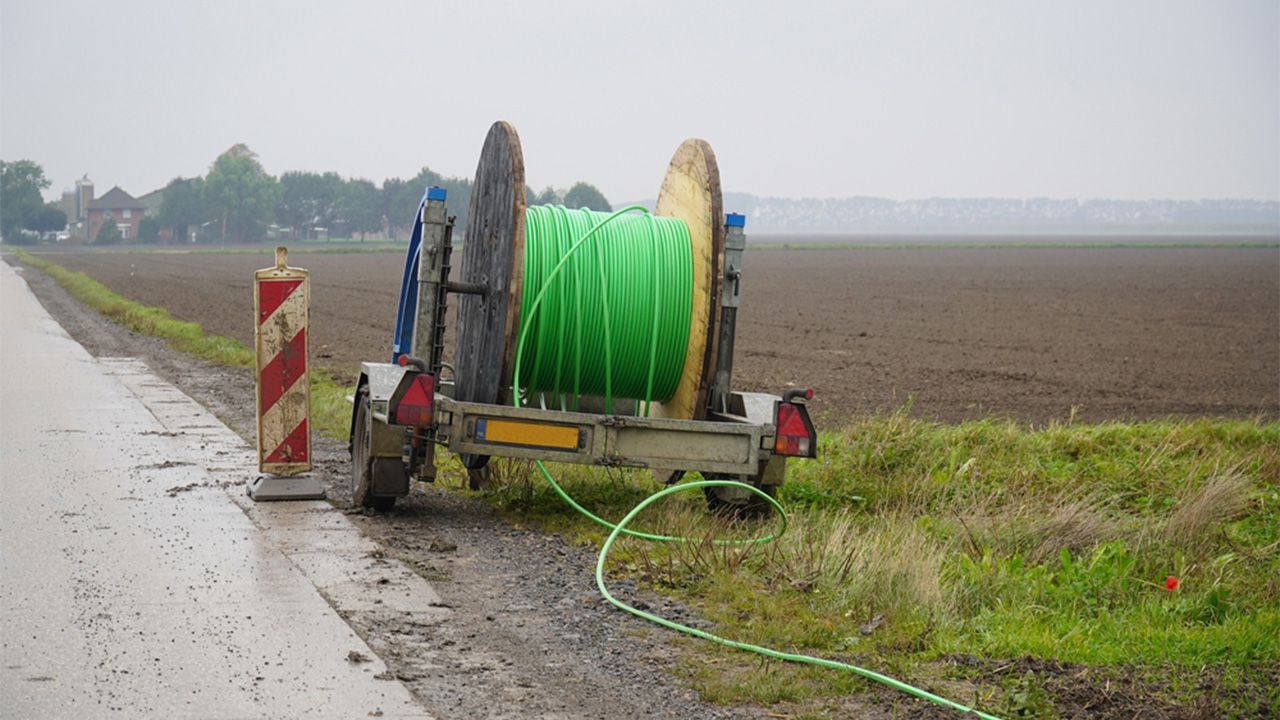Building on the success of the National Broadcast Mission, the Department of Telecommunications (DoT) under the Government of India launches the National Broadband Mission 2.0 with some pretty bold initiatives on the plate. The time government vows to connect the remaining 1.7 lakh villages across the country, making broadband accessible to 60 out of 100 households in India, and taking the minimum download speed of Fixed broadband services to 100 Mbps under the National Broadband Mission 2.0.
That's not all! India’s record rapid digital growth paves the way for a more booming telecom sector, which is necessary to avail of these digital services and offerings. This mission is all about that. It stands to sow the seeds for a digitally inclusive future, where connectivity empowers every citizen. Hence, this brings us to the remaining aspects of the National Broadband Mission 2.0.
National Broadband Mission 2.0: Other Benefits
Other than the above-mentioned benefits, the mission aims to address plenty of other major challenges and opportunities lying before India's digital fate, which are as:
01. To facilitate the rollout of the 5G network in every corner of the country for futuristic 6 G networks, work is underway work to create a robust and ready-to-use street furniture infrastructure across the country.
02. Leveraging power sector assets such as Optical Ground Wire (OPGW) to enhance Broadband Connectivity and improve broadband network reliability, survivability, and resiliency during disasters, wars, and other emergencies in far-flung, remote, and hilly regions of the country.
03. To provide broadband connectivity to 90% of anchor institutions like Schools, PHCs, Anganwadi Centre, and Panchayat offices by 2030.
04. To work with all stakeholders for Common/Shareable telecom ducts and utility corridors in all linear projects to improve the maintenance and cost efficiency of telecom networks and other utilities.
Read more of India's connectivity story at: How many Gram Panchayats have been Connected Under Bharat Net? Read More to Know the State-wise Data
The mission stands to fast-track the growth of digital communications infrastructure, bridge the digital divide, facilitate digital empowerment and inclusion, and provide affordable and universal access to broadband for all. Keeping apart just the initiatives the government of India, from time to time enforces regulations to ensure accessibility and full advantage.
Take a snake peek into the regulations: In a bid to push PM-WANI, TRAI caps FTTH tariff under PM WANI to twice the retail broadband rate
Not long back, The Telecom Regulatory Authority of India (TRAI) issued new regulations that the broadband tariff (FTTH) for Public Data Offices (PDOs) under the PM-WANI scheme should not exceed twice the tariff applicable for retail broadband (FTTH) services of corresponding capacity offered by service providers.




